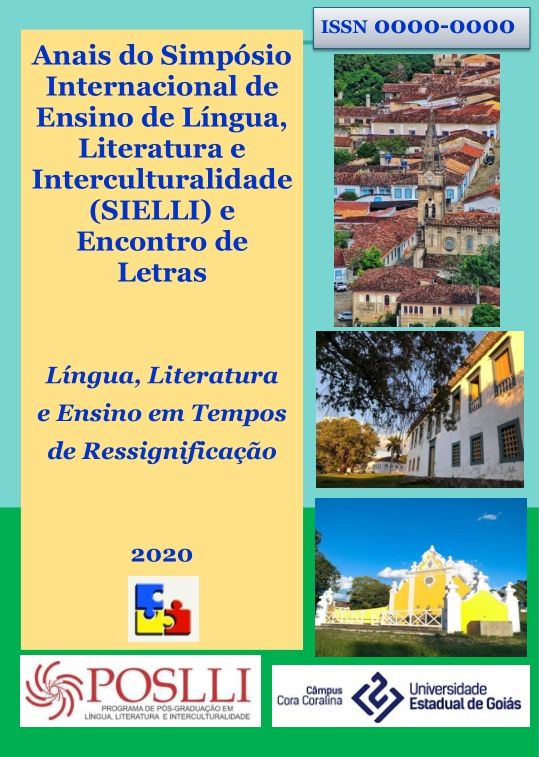COMO E POR QUE LECIONAR PRONÚNCIA NA AULA DE LÍNGUA INGLESA
Palavras-chave:
Ensino de Pronúncia. Língua Inglesa. Sugestões de Exercícios e Atividades.Resumo
Estudos (FOOTE et al., 2013; BAKER, 2014; MURPHY, 2014; KIRKOVA-NASKOVA et al., 2013; COUPER, 2016; BAI; YUAN, 2019; entre outros) realizados com professores de inglês, em diversos países, revelam que muitos deles se sentem inseguros e/ou incapazes para lecionar pronúncia em razão de não terem tido uma formação inicial direcionada para isso. De acordo com seus depoimentos, seus cursos de graduação objetivavam apenas prepará-los para perceber e produzir os segmentos e a prosódia do inglês de forma acurada e que, quando havia algum tipo de instrução sobre ensino de pronúncia propriamente dito, esta instrução era escassa. Darcy (2018) comenta que, além da incerteza quanto à maneira de ensinar pronúncia, há questões como a falta de material didático, tempo e suporte instrucional interferindo no ensino de pronúncia. Quanto ao Brasil, é comum deparar-se com relatos de professores sobre sua insegurança e despreparo para lecionar os sons e a prosódia do inglês, além de salientarem a falta de material didático para tal. Em face disso, pode-se inferir que os docentes brasileiros têm experimentado as mesmas angústias que os docentes entrevistados nas pesquisas anteriormente mencionadas. Assim, graças a esse anseio por uma orientação a respeito de como ensinar a pronúncia do inglês em contexto de sala de aula, o presente minicurso se propõe a oferecer não só orientações teóricas, bem como sugestões de atividades didáticas que colaborem com a prática docente a partir dos pressupostos da Fonologia Cognitiva (LANGACKER, 1987), a qual assume que falar é uma atividade cognitiva socioculturalmente fundamentada.


